Do you want to transform your house into a cozy and inviting space that reflects your personality and style? Look no further than the world of interior design.
From rustic and bohemian to industrial, there are endless possibilities when it comes to designing the perfect home. Esperto Builders will provide you with the key elements of interior design and share some top tips and tricks to help you achieve your dream space.
So why wait? Let’s dive into the world of interior design and turn your house into a home.
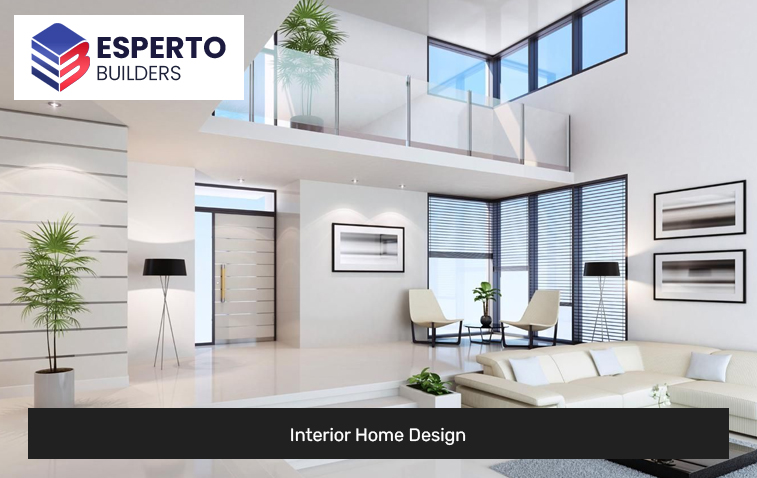
Interior design is the art and science of enhancing the interior of a building to achieve a healthier and more aesthetically pleasing environment for the people using the space. It involves creating functional and visually appealing spaces that reflect the needs and style of the client.
Esperto Builders provides professional interior design services, collaborating closely with clients to comprehend their vision and bring it to reality. Our experienced designers are well-versed in diverse design styles and techniques..
So, if you’re looking for remodeling a home in San Jose consider hiring us for your interior design needs. Let us help you bring your dream space to reality.
Embracing the seven principles of interior design is integral to creating aesthetically pleasing and functional spaces. At Esperto Builders, we place these principles at the heart of our design process.
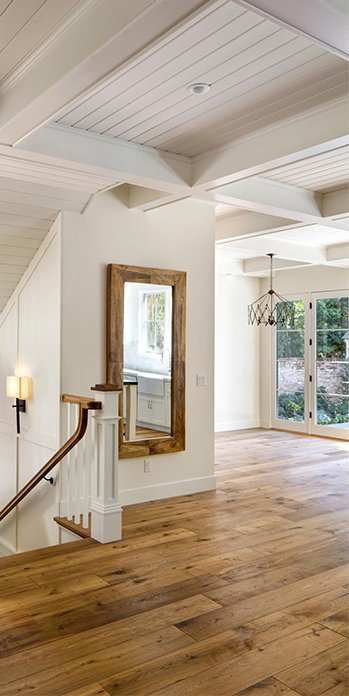
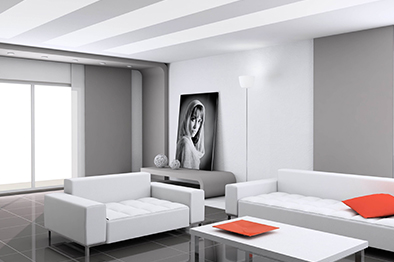
Transitional design is a harmonious blend of traditional and contemporary styles, combining comfort and warmth with clean lines and a neutral palette. It’s perfect for achieving a balanced and cohesive look in your home. The key to success lies in maintaining a balanced mix of old and new, using a neutral color palette, and incorporating different materials and textures.
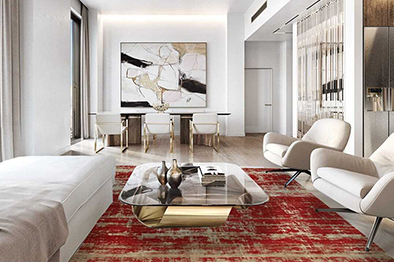
Maximalism is a bold design style that embraces ‘more is more’. It combines colors, patterns, textures, and decorative elements to create an enticing space. To achieve a successful maximalist style, a cohesive color palette and a sense of balance and proportion are essential. This style is perfect for those who want to make a statement with their homes and enjoy experimenting.
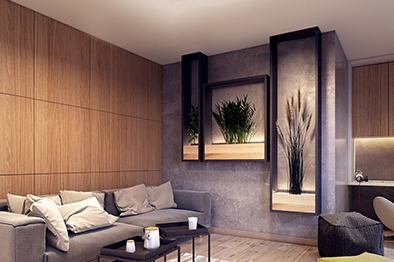
Perfect for those who appreciate the beauty and sophistication of traditional design. The traditional design style is timeless, inspired by European decor of the 18th and 19th centuries. It features rich colors, ornate details, and luxurious textures. To achieve this style, balance light and dark colors and incorporate elements like wood, fabrics, and metals.
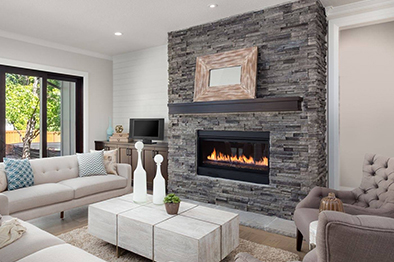
The Memphis design style is a playful and eclectic mix of colors, patterns, and geometric shapes. It emerged in the 1980s as a reaction to traditional design, challenging the notion of ‘good taste’. To achieve this style, have fun with colors, and patterns, and incorporate quirky elements like asymmetrical furniture and bold prints.
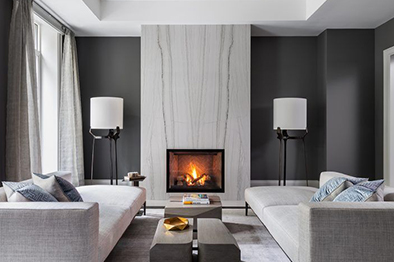
Scandinavian design is renowned for its simplicity, functionality, and minimalism. Originating in Nordic countries, it has gained global popularity for its clean and uncluttered look. To achieve this style, stick to a neutral color palette and incorporate natural elements like wood and plants for warmth and texture.
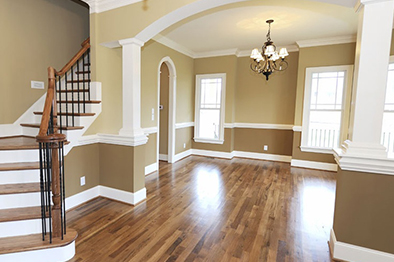
Minimalist design is all about simplicity and functionality. It involves using a monochromatic color palette, clean lines, and minimal decor to create a clutter-free space that promotes relaxation and tranquility. Declutter and stick to a neutral color palette with pops of one or two accent colors to achieve this style. It’s perfect for those who appreciate clean and uncluttered living spaces.
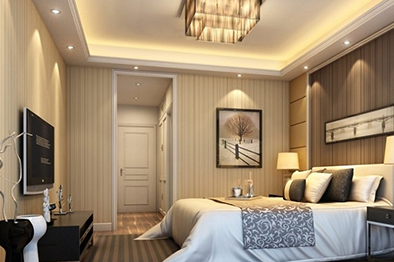
The shabby chic design is a romantic and feminine style inspired by vintage pieces. It features distressed furniture, pastel colors, and floral patterns. To achieve this look, mix old and new elements and incorporate soft textures like lace and ruffles. Perfect for those who appreciate a cozy, charming aesthetic.
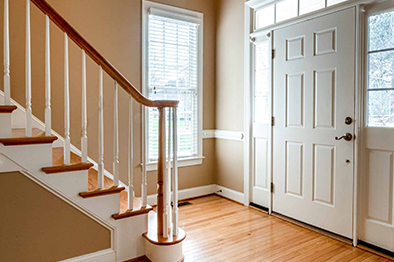
The mid-century modern design style, originating in the 1950s, is characterized by clean lines, geometric shapes, and a mix of natural and man-made materials. It’s a timeless look that exudes simplicity and sophistication. To achieve this style successfully, stick to a neutral color palette with bold pops of color and incorporate iconic furniture pieces from the era.
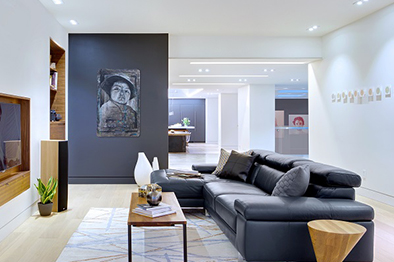
The modern coastal design style blends contemporary and traditional elements with a relaxed, beachy vibe. It features natural materials like wood, rattan, and linen, along with an ocean-inspired color palette. If you want this style, incorporate natural textures and keep the color palette light and airy.
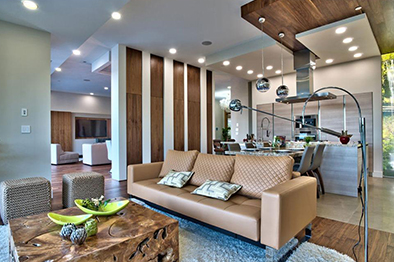
The rustic design style celebrates natural materials and embraces imperfections. It uses wood, stone, and textures to create a cozy space. To achieve this style, incorporate warm colors and mix old and new elements. Perfect for a warm and inviting home atmosphere.
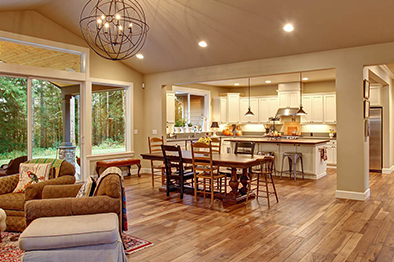
The bohemian design style is perfect if you want a creative and adventurous spirit in home design. It draws inspiration from various cultures and encourages self-expression. To achieve a successful bohemian style, have fun with colors, and patterns, and incorporate unique elements like vintage pieces, global-inspired textiles, and plants.

The industrial design style draws inspiration from old factories and warehouses, featuring exposed brick, metal, and raw materials. It’s a bold look that embraces imperfections. To achieve this style, incorporate raw materials like metal, concrete, and wood while balancing with softer elements like textiles and plants.
Interior design is not just about choosing the right style for your home, it’s also about understanding and incorporating key elements to create a cohesive and functional space.
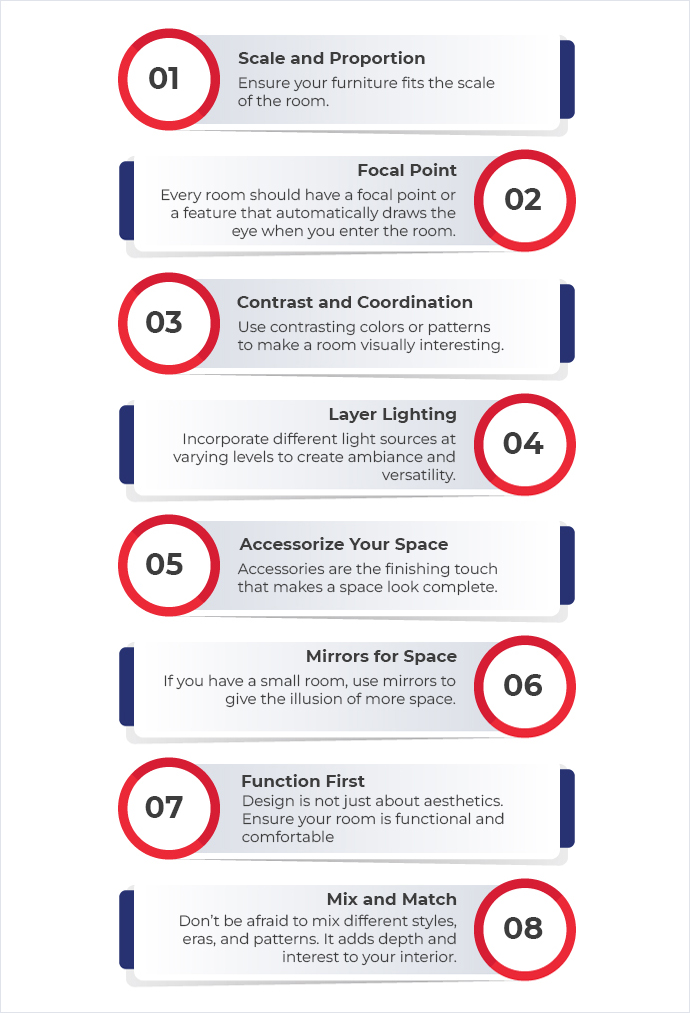
Remember, the most important tip of all is to make your space a reflection of you. No matter the style, the most beautiful interiors are those that express the occupant’s personal taste and bring joy.
Ready to transform your home into a beautiful and functional space? Contact Esperto Builders today for expert interior design services. Let us help you create a personalized and inviting atmosphere in your home.
The San Jose interior home design style is a unique blend of various architectural influences, reflecting the city’s rich history and cultural diversity. It often combines elements from Victorian, Spanish Colonial Revival, Contemporary, and Mid-Century Modern styles, with a focus on sustainability and functionality.
San Jose’s Mediterranean climate, characterized by warm, dry summers and mild, wet winters, encourages designs that maximize natural light and ventilation. Homes often feature large windows, open floor plans and outdoor living spaces to take advantage of the pleasant weather.
With California’s emphasis on environmental sustainability, San Jose interior home designs often include energy-efficient appliances, solar panels, water-saving fixtures, and use of sustainable or recycled materials.
Start by considering your home’s architectural style and how it can blend with San Jose’s diverse influences. Think about your personal needs and lifestyle, and design a space that’s functional, comfortable, and sustainable. Don’t forget to incorporate plenty of natural light, and consider adding outdoor living spaces.
Yes, the beauty of the San Jose interior design style is its versatility. Whether you have a Victorian-era home or a modern loft, you can incorporate elements of this style to create a space that’s both beautiful and functional.
The San Jose interior design style reflects the city’s diverse cultural heritage and progressive values. It combines architectural influences from various eras and cultures, and places a strong emphasis on sustainability, reflecting the city’s commitment to environmental stewardship.
While there’s no one-size-fits-all color scheme for the San Jose style, many homes feature a blend of natural and earthy tones, inspired by the city’s sunny climate and natural beauty. Bright accents may also be used to add a touch of modern flair.